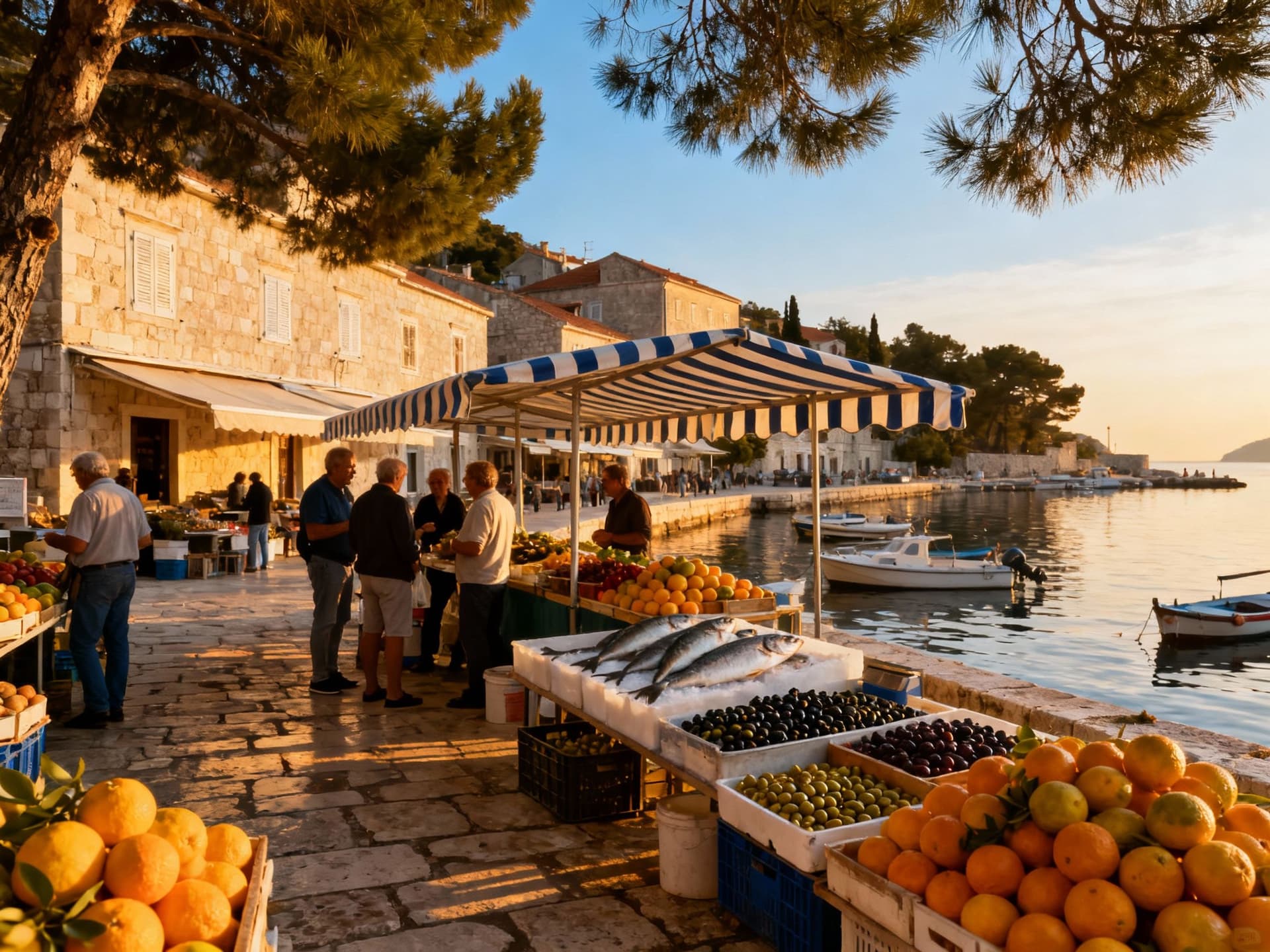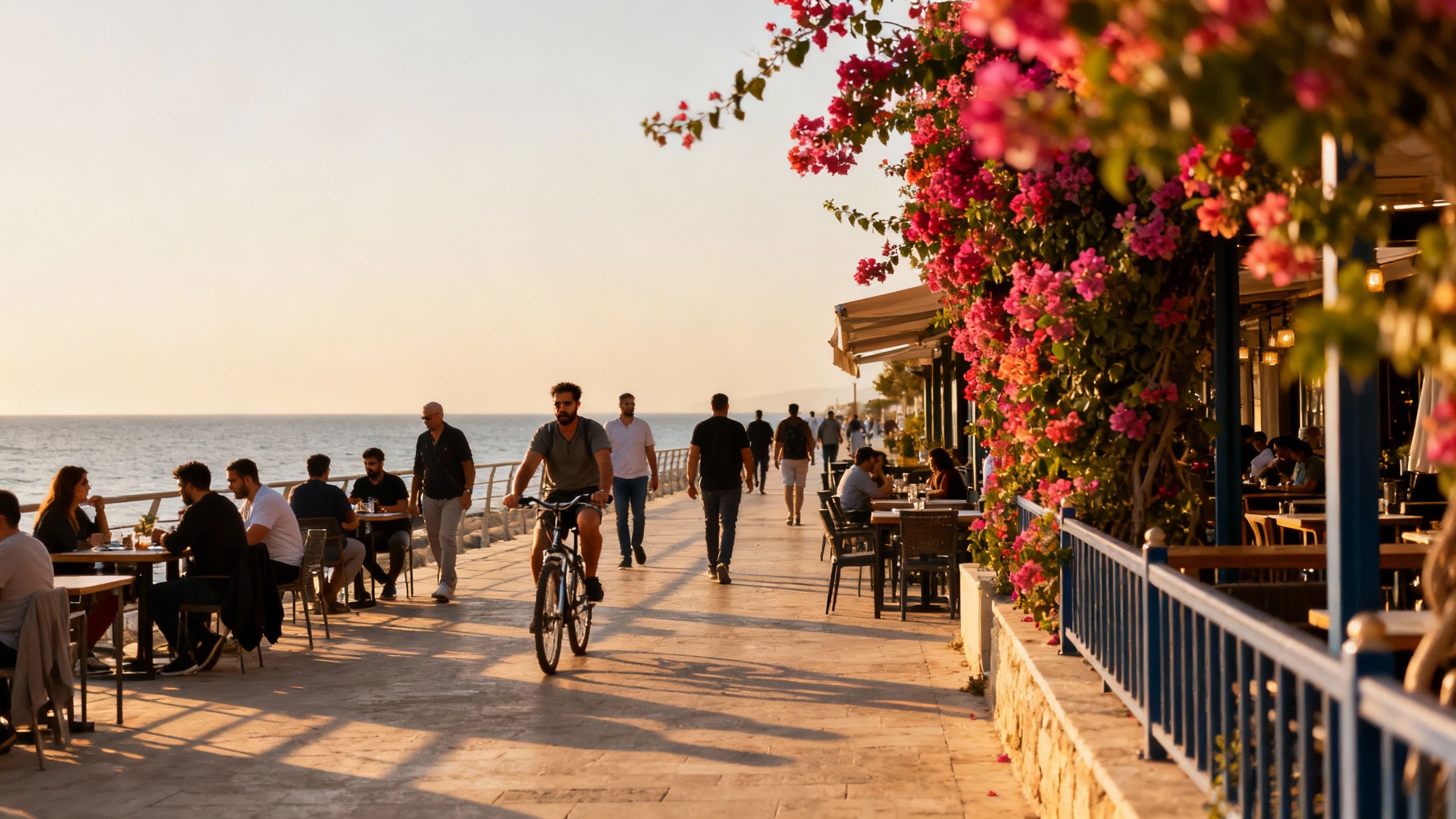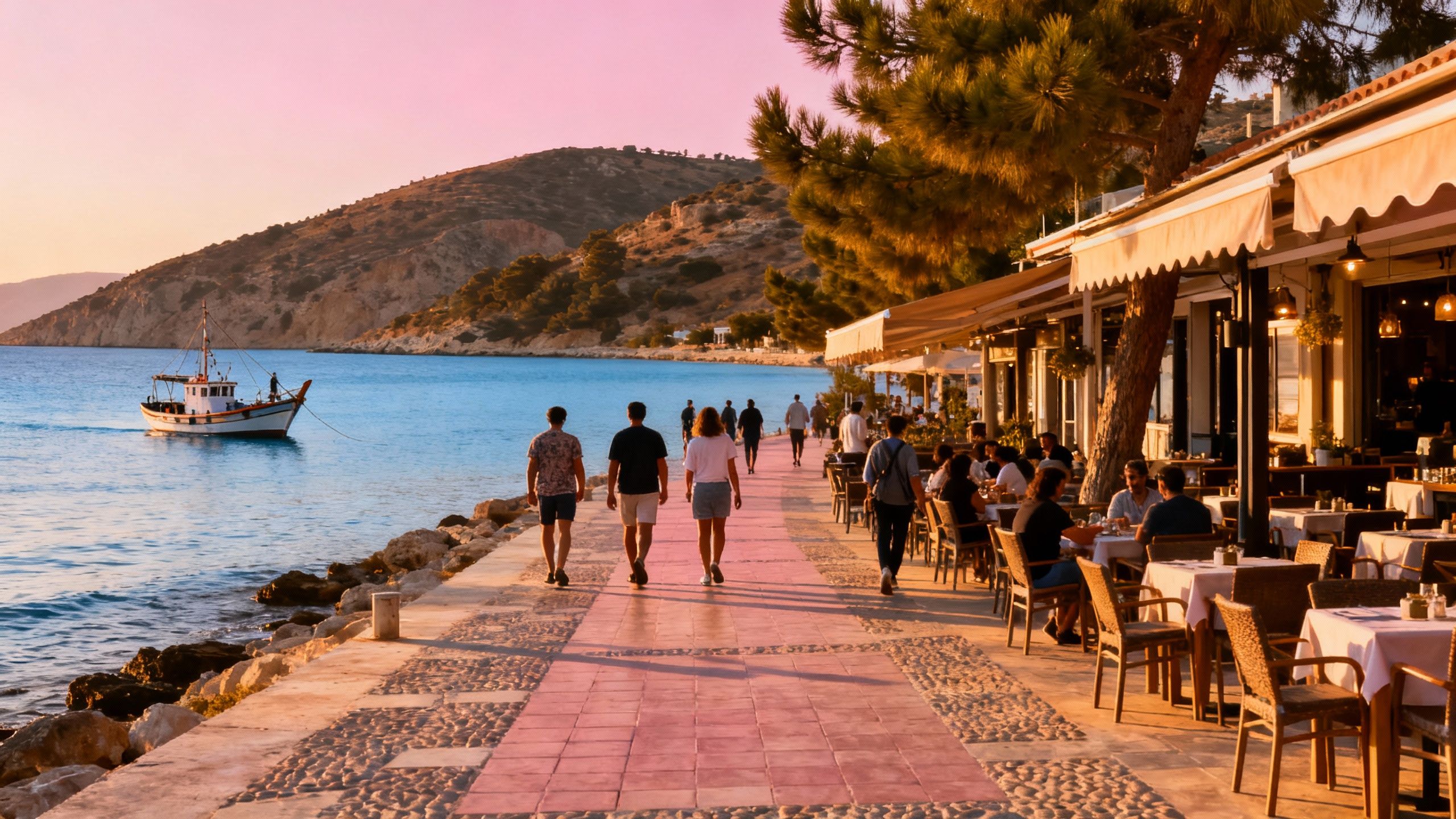How to Buy in Croatia Without Chasing Summer
Seasons reveal Croatia’s true value: buy off-season, use green retrofit loans, and prioritise neighbourhoods that breathe year-round. Backed by DZS data and official guidance.
Imagine waking before dawn in Split, stepping out to Tkalčićeva’s first espresso steam while the harbour is silver and quiet — not the sun-drenched, crowded postcard of July, but a softer, livable version of the Adriatic. That off-season calm is where many of us first fall in love with Croatia: the smell of freshly baked burek, fishermen mending nets in small coves, and streets threaded with pines and limestone. But falling in love is the easy part; buying well requires timing, local know-how and financing that respects both place and planet. Recent market analysis shows house prices are still rising across Croatia, so a season-smart approach can protect your pocket while aligning with sustainable living goals. (See official housing indices for context).
Living Croatia: coastlines, pulses and quiet corners

Life in Croatia moves with seasonal breath: winters soften into early spring olive blossom, and autumn pulls the crowds inland for truffle fairs and wine harvests. Cities like Zagreb have a slow café culture around Dolac market and Gornji Grad, while the Dalmatian coast — Split’s Riva, Dubrovnik’s limestone alleys, and Istria’s Rovinj lanes — hums differently, offering morning markets, small family konobas, and sea-air living. For buyers, that variety matters: your daily rhythms — school runs, jogs, market visits — determine neighbourhood choice as much as price. The government’s buying guidance highlights the need to check local urban plans, energy certificates and land registry entries before committing, especially if you’re dreaming of a restored stone house or a low‑energy new build.
Coastal towns that live beyond summer
Rovinj and Motovun in Istria keep a year-round artisan pulse: small galleries, morning fish markets and hilltop truffle routes. In Dalmatia, Split’s Veli Varos and the quieter bays near Kaštela offer real neighbourhood life off-season — bakeries open early, small grocers stock the day’s catch, and terraces fill with locals, not tourists. Choosing an area that sustains life in all seasons is a simple sustainability test: if shops and services close after August, you may have bought a summer postcard rather than a home.
Urban rhythm: Zagreb’s chapters
Zagreb is quieter in summer and alive in autumn and winter festival seasons; Gornji Grad’s cobbles suit someone seeking calm and culture, while Donji Grad around the botanical garden is for those who want cafés and daily convenience. If you imagine life with a garden or regenerative plot, suburban areas like Trešnjevka or Maksimir offer community orchards and larger plots but demand different commutes. Each choice changes what financing makes sense — a compact apartment near amenities versus an old stone house that needs retrofit funding.
- Lifestyle highlights to seek in every Croatian purchase:
- Dolac Market, Zagreb — morning produce and social life.
- Riva, Split at dawn — fishermen, espresso and quiet promenades.
- Šibenik’s waterfront and small harbours — community moorings and local konobas.
Making the move: finance, permits and green options

The practical part: Croatia’s national statistics show continued price rises, especially outside big-city cores, so your financing plan needs to be realistic and season-aware. Buyers pay a real estate transfer tax (3% in many cases) and should expect notary and registration steps at municipal courts. If you’re non‑EU, plan for Ministry of Justice approval under reciprocity rules; EU citizens enjoy near-equal purchasing rights but agricultural land remains restricted. Knowing these constraints early shapes whether you seek a mortgage, a green retrofit loan, or a phased purchase strategy.
Property types and what they mean for money and life
A renovated stone house on an island promises romance — and maintenance headaches: water supply, seismic retrofits and off-grid energy solutions can add months and tens of thousands to your budget. New-build coastal apartments are often VATed and carry developer guarantees, but may lack the thick-walled comfort of traditional homes in winter. If your vision is low-energy living, prioritise properties with A/A+ energy certificates or those suitable for heat pumps and solar, as they qualify for preferential ‘green’ lending in Croatia.
Green loan options and how they change the calculation
Croatian banks now offer dedicated green and energy-efficiency loans that reduce long-term costs if you renovate or buy low-energy stock. Zagrebačka banka, for example, explicitly lists financing for A+/A buildings and retrofit measures such as heat pumps, solar panels and thermal façades; these programmes can include better rates or tailored terms. Match a retrofit plan to loan eligibility early: lenders will want an energy certificate, a vetted cost plan, and sometimes an independent appraisal tied to energy standards. Using a green loan often raises up‑front paperwork but lowers bills and boosts resale appeal in a market where buyers increasingly prize sustainability.
- Step-by-step: a season-smart buying process in Croatia
- Visit off-season to feel the real neighbourhood: stay for at least a week, visit shops, the market and neighbours.
- Ask for energy certificates and local urban-plan extracts; if retrofit is needed, get early contractor quotes to qualify for green loans.
- Check legal status at the land registry and, if you’re non‑EU, prepare Ministry of Justice permit documents; hire a local lawyer.
- Work with a local, sustainability-minded agent to prioritise homes that feel lived-in year-round rather than seasonal showpieces.
Insider knowledge: expat truths, red flags and long-term thinking
The reality expats often understate: property taxes and local rules are in flux because authorities are trying to discourage short‑term rental speculation and bring housing back to communities. Recent reporting shows national intent to shift tax burdens toward properties to support long-term rental stock, a factor that can change yield calculations for investors and living costs for owners. Locals watch municipal policies — some towns limit short-term rentals or favor year-round leases — so ask what the town hall’s stance is before you buy.
Cultural cues that change where you live
Croatians prize long, seasonal family rhythms: summer gatherings, autumn harvests and slow winters. Neighbourhoods with active community life — small market stalls, a trusted baker, a local konoba — are where you’ll find authentic belonging. Learn basic phrases, join a local association, and be present in off-season — that’s the fastest path to integration and to sensing which properties truly work for daily life.
What buyers regret
- Buying purely for views without checking services (water, waste, winter access).
- Under-budgeting for seismic retrofit, titling irregularities or energy upgrades.
- Assuming summer demand equals year-round community; seasonal hotspots often empty in winter.
If you want both a soulful, lived-in Croatian life and financial prudence, start with seasons, then layer process. Visit in autumn or spring, prioritise homes with real neighbourhoods, secure pre-approval for green financing where possible, and use a lawyer to clear title and permit questions. Agencies who understand local ecology, restoration and green lending turn transactional steps into stewardship opportunities — helping you buy a home that serves the landscape and your life.
Conclusion — live the place, then close with care: Croatia rewards curious, patient buyers who choose neighbourhood life over postcard moments. Back up your romance with data: national indices, official registry checks and sustainable finance options can transform a dreamy impulse into a durable, low‑impact home. When you’re ready, bring a sustainability-minded agent, a local lawyer, and a green-loan conversation to the table — those three create a buying process that honours both lifestyle and landscape.
Danish relocation specialist who moved from Copenhagen to the Algarve; supports families with seamless transitions, local partnerships, and mindful purchases.


